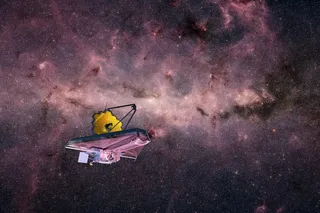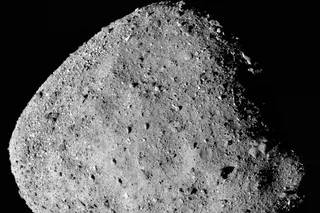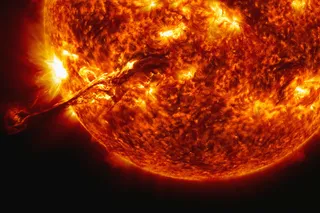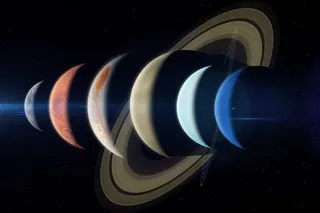On Sunday, January 15th, 2012, the Russian spacecraft Phobos-Grunt fell to Earth after a failed attempt to get it to Mars. It burned up in our atmosphere some time around 18:00 UTC, though the exact time isn't clear. During its final orbit, I did a live video chat on Google+ with my friend, science journalist Emily Lakdawalla of The Planetary Society, and we talked about the probe. The entire discussion is now on YouTube:
[embed width="610"]http://www.youtube.com/watch?v=NRGNhbHPoz4[/embed]
It's an hour and a half long, as we were following the news and rumors of the probe in real time. The big question the whole time was: where and when did the probe fall?
It's a good question. Moving at 8 km/sec (5 miles/sec) as it came in, it covered a lot of territory -- as you can see in the map above
showing the final track of the spacecraft. And since the ...













